Sexing Tech’s 40% NM$ empire vs ABS’s 68% polled coup – the dairy genetics galaxy will never be the same.
The battle for Holstein genetic supremacy rages on in a galaxy not so far away. As we unveil the April 2025 sire share analysis, prepare to embark on an epic journey through the stars of bovine excellence. From the rise of a new empire to the resilience of the Rebel Alliance, our tale is one of innovation, strategy, and the relentless pursuit of genetic perfection. So, grab your lightsabers or your iPhone and join us as we explore the forces reshaping the Holstein universe.
Methodology: Expanding the Genetic Battlefield
In our analysis of the Holstein genetic landscape, we deliberately expanded our battlefield to include the top 200 sires for TPI, NM$, and PTAT rankings. This methodological choice reflects the incredibly tight competition at the elite level of Holstein genetics in 2025. As our data reveals, merely 31 NM$ points separate the 100th from the 200th ranked bull, with even smaller gaps between consecutive rankings further down the list. These minimal differences represent mere “parsecs” in the vast genetic universe, yet they can significantly impact how market dominance is measured. By widening our scope to 200 sires per category, we capture a more comprehensive and accurate representation of each stud’s true genetic firepower, preventing the distortion that would occur if we limited our analysis to a smaller elite force. This expanded approach better reflects the practical reality faced by dairy farmers, who often select beyond the top 100 to find bulls with the specific trait combinations best suited for their herds. For R&W PTAT and Polled NM$ are still just top 100, as the variance in those lists is much greater. (All sires must be over 1 year of age and have a NAAB code as active)
The TPI Saga: A New Empire Rises
Genomic TPI: The Force Awakens

| Stud | Sire Share (%) |
| Sexing Technologies | 39.5% |
| Select Sires | 21.5% |
| Semex Alliance | 15.0% |
| GENEX | 8.0% |
| Others | 16.0% |
In a stunning display of genetic prowess, Sexing Technologies has emerged as the new Galactic Empire of genomic TPI, increasing its sire share from 20% in June 2024 to an impressive 39.5% in April 2025. This 19.5% surge represents a seismic shift in the balance of power. The once-dominant Select Sires has seen its influence wane, dropping from 32% to 21.5%, while Semex Alliance’s share has contracted from 24% to 15%. GENEX has entered the fray as a new contender, capturing 8% of the sires.
Proven TPI: The Old Guard Stands Firm

| Stud | Sire Share (%) |
| Sexing Technologies | 25.5% |
| Select Sires | 18.0% |
| Alta Genetics | 13.5% |
| Semex Alliance | 13.0% |
| Others | 30.0% |
The proven TPI battlefield shows Sexing Technologies consolidating its power, increasing from 20% to 25.5%. Select Sires maintains a strong position, while Alta Genetics has emerged as a formidable new player, capturing 13.5% of the sires. The “Others” category, representing the diverse rebel forces, still holds a 33.5% share of sires.
Total TPI: The New Balance of Power

| Stud | Sire Share (%) |
| Sexing Technologies | 32.5% |
| Select Sires | 19.8% |
| Semex Alliance | 14.0% |
| Alta Genetics | 9.0% |
| Others | 24.7% |
The combined TPI rankings reveal Sexing Technologies’ ascendancy to the throne, with their share skyrocketing from 21% to 32.5%. Once the ruling dyad, Select Sires and Semex Alliance are now in a pitched battle for second place. Alta Genetics has joined the fray as a significant force, while the “Others” have seen their collective influence diminish.
The NM$ Chronicles: Economic Battles in the Genetic Galaxy
Genomic NM$: The Imperial Takeover

| Stud | Sire Share (%) |
| Sexing Technologies | 53.5% |
| GENEX | 11.5% |
| ABS Global | 11.0% |
| Semex Alliance | 8.0% |
| Others | 16.0% |
In a move that would make Emperor Palpatine proud, Sexing Technologies has seized control of the genomic NM$ sector, their share of sires exploding from 20% to an overwhelming 53.5%. This 33.5% increase represents the most dramatic power grab in our saga. Semex Alliance, once a significant power, has seen its influence plummet from 34% to a mere 8%. GENEX and ABS Global have emerged as new contenders in this economically crucial battleground.
Total NM$: The New Economic Order

| Stud | Sire Share (%) |
| Sexing Technologies | 26.5 |
| ABS Global | 16.5% |
| Alta Genetics | 12.0% |
| GENEX | 11.5% |
| Others | 33.5% |
The total NM$ rankings show Sexing Technologies’ dominance extending across the economic landscape, with their share holding steady at 26%. ABS Global has staged a remarkable comeback, rising from obscurity at 2.5% to claim 16.5% of the sires. Alta Genetics and GENEX have also secured strong positions in this vital index.
Total NM$ – The Economic Theater

| Stud | Sire Share (%) |
| Sexing Technologies | 40.0% |
| Alta Genetics | 11.8% |
| ABS Global | 11.5% |
| GENEX | 11.5% |
| Others | 25.2% |
In the economic theater of the Stud Wars, Sexing Technologies has executed a Death Star-level takeover of the NM$ galaxy, crushing rivals to claim 40% share of sires—a stunning 14% surge since 2024. ABS Global emerges as the rebellion’s surprise hero, blasting from 2.5% to 11.5% dominance, while Alta Genetics (11.8%) and GENEX (11.5%) form a fragile alliance to hold the line. The “Others” faction—scattered rebel forces—clings to 25.2% territory, their dwindling influence underscoring the Empire’s tightening grip on profit-driven genetics. For dairy commanders, this consolidation signals a new era: choose your fleet wisely, for the NM$ arms race determines galactic profitability.
The PTAT Rebellion: Diversity in the Face of Empire
Genomic PTAT: A New Hope for the Alliance

| Stud | Sire Share (%) |
| Semex Alliance | 21.0% |
| ASCOL | 13.5% |
| Blondin Sires | 12.5% |
| Select Sires | 10.0% |
| Others | 48.5% |
In a twist worthy of a Jedi mind trick, Semex Alliance has strengthened its position in genomic PTAT, increasing from 12% to 21%. ASCOL has emerged as a new power with a 13.5% share of sires. Sexing Technologies’ influence has waned in this sector, dropping from 24% to 7%. The “Others” category controls nearly half the sires, representing the diverse rebel forces.
Proven PTAT: The Rise of Unexpected Heroes

| Stud | Sire Share (%) |
| Blondin Sires, Inc. | 15.5% |
| ASCOL | 10.0% |
| Alta Genetics | 9.0% |
| Sexing Technologies | 8.0% |
| Others | 57.5% |
In a plot twist rivaling the revelation of Luke’s parentage, Blondin Sires, Inc. has emerged from obscurity to lead the proven PTAT category with a 15.5% share of sires. Sexing Technologies has dramatically reduced its influence from 24% to 8%. The “Others” category, representing the diverse rebel alliance, controls 57.5% of the market.
Total PTAT Share: The Rebel Alliance Strikes Back

| Stud | Sire Share (%) |
| Blondin Sires, Inc. | 14.0% |
| Semex Alliance | 13.0% |
| ASCOL | 12.0% |
| Select Sires | 9% |
| Others | 52% |
In the conformation galaxy’s last stand against genetic consolidation, Blondin Sires, Inc. (14%) emerges as the Luke Skywalker of type traits, leading a ragtag alliance with Semex Alliance (13%) and ASCOL (12%) against the Empire’s homogenizing forces. The “Others” faction dominates 52%—the largest rebel territory—proving PTAT remains the Hoth of diversity, where niche studs wield lightsabers of specialized genetics. This starkly contrasts with NM$’s imperial rule, offering dairy commanders a strategic dilemma: join the rebellion’s type-trait insurgency or succumb to the Dark Side of economic consolidation.
Specialty Forces: Niche Battles in the Genetic Galaxy
Red & White PTAT: The Colored Rebellion

| Stud | Sire Share (%) |
| Semex Alliance | 38.0% |
| Select Sires | 18.5% |
| ABS Global | 11.0% |
| Sexing Technologies | 7.5% |
| Others | 25.0% |
Semex Alliance has significantly strengthened its hold on the Red & White PTAT sector, increasing from 21% to 38%. This 17% surge represents a significant shift in this specialized battleground. Select Sires has seen its influence decrease from 27% to 18.5%, while ABS Global and Sexing Technologies maintain smaller but significant footholds.
Polled NM$: The Horn-Free Revolution

| Stud | Sire Share (%) |
| ABS Global | 68.5% |
| Select Sires | 9.0% |
| Sexing Technologies | 7.5% |
| Semex Alliance | 4.0% |
| Others | 11.0% |
In a move that would make even the Death Star envious, ABS Global has seized control of the Polled NM$ sector, their sire share skyrocketing from 22% to an overwhelming 68.5%. This 46.5% increase represents our entire saga’s most dramatic power grab. Semex Alliance has seen its influence in this sector nearly obliterated, dropping from 22% to 4%.
The Final Frontier: Overall Sire Dominance
Total Genomic Sires: The Clone Army’s Last Stand

| Stud | Sire Share (%) |
| Sexing Technologies | 23.0% |
| ABS Global | 19.7% |
| Semex Alliance | 17.2% |
| Select Sires | 13.1% |
| Others | 26.9% |
In the genomic theater of the Stud Wars, Sexing Technologies’ clone army (23%, 230 sires) faces a blitzkrieg from ABS Global’s 19.7% surge (197 sires) – a Vader-esque power grab since 2024. The Rebel Alliance, led by Semex Alliance (17.2%, 172 sires) and Select Sires (13.1%, 131 sires), battles alongside scattered resistance (26.9%, 268 sires), while mid-tier factions like GENEX (4.2%) exploit cracks in the Empire’s armor. Yet Sexing’s genomic grip pales against their Death Star-level 53% NM$ dominance, revealing a strategic vulnerability: will rebels seize this opening, or will the Empire’s SNP chips crush all resistance? The fate of genetic diversity hangs in hyperspace.
Total Proven Sires: The Rebellion’s Hidden Fleet

| Stud | Sire Share (%) |
| Sexing Technologies | 20.0% |
| Alta Genetics | 13.0% |
| Select Sires | 12.3% |
| Semex Alliance | 9.3% |
| Others | 45.4% |
While Sexing Technologies commands 20% of proven genetics (120 sires), their Death Star-like genomic dominance cracks here—Alta Genetics (13%, 78) and Select Sires (12.3%, 74) lead a rebel stronghold, flanked by Semex Alliance (9.3%, 56). The real threat to imperial forces? A fragmented “Others” armada (45.4%, 273 sires) comprising 28 studs—ABS Global (8%, 48) and GENEX (6.7%, 40) lurk as sleeper cells, Blondin Sires (5.3%, 32) deploy stealth specialists in PTAT skirmishes, and CRV (4.3%, 26) operates a European foreign legion. For dairy rebels, this sector offers hope: JLG (3.5%, 21) and ASCOL (3.3%, 20) prove small forces matter. But beware—Sexing’s 20% beachhead signals genomic tactics invading proven territory. The rebellion must rally or face assimilation.
Total Overall Share of Sires

| Stud | Sire Share (%) |
| Sexing Technologies | 22% |
| ABS Global | 15% |
| Semex Alliance | 14% |
| Select Sires | 13% |
| Others | 36% |
A new order has emerged as the dust settles on this latest chapter of the Galactic Stud Wars. Sexing Technologies has become the dominant force, maintaining its overall share of sires from 22%. ABS Global has staged a remarkable comeback, surging from 9% to 15% share of sires. The once-dominant Select Sires has seen its influence wane but remains a significant player.
The Bottom Line: The Force Awakens in Holstein Genetics
As we conclude this epic tale of genetic warfare, one thing is clear: the force of progress is stronger than ever. The dramatic shifts we’ve witnessed – from Sexing Technologies’ ascension to galactic dominance to ABS Global’s mastery of polled genetics – herald a new era in dairy breeding.
For the Jedi Masters of dairy cattle breeding and the Padawans of genomic matings alike, these changes offer both challenges and opportunities. Consolidating power among the top AI companies may seem daunting, but remember: even a small farm can strike a mighty blow for progress in genetics.
As we look to the future, one can’t help but wonder what the next episode will bring. Will we see the return of the “Others,” striking back against the genetic empires? Or will new alliances form, creating even more potent combinations of traits and technologies?
Whatever lies ahead, one thing is sure: the saga of Holstein genetics is far from over. May the Force be with you as you navigate these exciting times in dairy breeding. And remember, in the immortal words of Master Yoda, “Do or do not. There is no try” – especially when building the perfect herd.
Key Takeaways
- Sexing Tech’s genomic NM$ dominance (+33.5%) reshapes profit genetics
- ABS Global’s polled coup (+46.5%) creates near-monopoly in horn-free sires
- PTAT remains rebellion territory (51.7% “Others”) favoring specialty studs
- Market consolidation crushes small players (“Others outside the top 5” shrinks from 30% → 12.8%)
- Strategic breeding now requires balancing genomic powerhouses vs niche specialists
Executive Summary
The April 2025 Holstein genetics showdown reveals seismic power shifts: Sexing Technologies dominates genomic sire lists (53.5% NM$), while ABS Global conquers polled genetics with 68.5% control. Traditional leaders like Select Sires face decline, while niche players thrive in PTAT’s fragmented battlefield (45% “Others”). Market consolidation accelerates, with top 4 companies now controlling 87% of sire influence. Dairy producers must navigate this new galactic order where genomic prowess battles proven reliability.
Learn more
- STUD WARS: Which AI Company Holds the Power in the Dairy Cattle Genetics Universe
Explore the competitive landscape of AI companies dominating dairy genetics, comparing top sires across TPI, NM$, and PTAT metrics. - Three Bull Lines Dominate 33% of Elite Holstein Genomics – March 2025 GTPI Rankings Reveal Genetic Bottleneck
Dive into the risks of genetic concentration as just five bulls control half of elite Holstein genomics, threatening breed diversity. - The AI Secret Weapon Reshaping Dairy Genetics
Discover how Biologically Annotated Neural Networks (BANNs) are revolutionizing dairy genetics with enhanced accuracy and transformative potential.
 Join the Revolution!
Join the Revolution!
Join over 30,000 successful dairy professionals who rely on Bullvine Daily for their competitive edge. Delivered directly to your inbox each week, our exclusive industry insights help you make smarter decisions while saving precious hours every week. Never miss critical updates on milk production trends, breakthrough technologies, and profit-boosting strategies that top producers are already implementing. Subscribe now to transform your dairy operation’s efficiency and profitability—your future success is just one click away.







 Join the Revolution!
Join the Revolution!




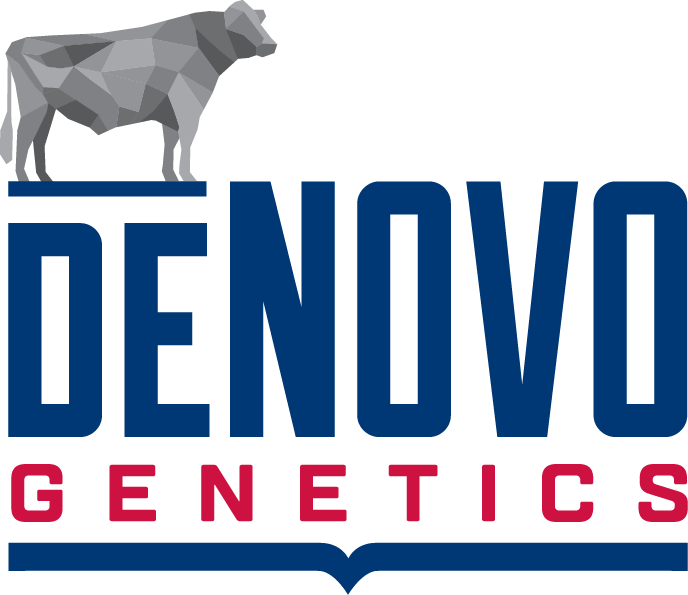
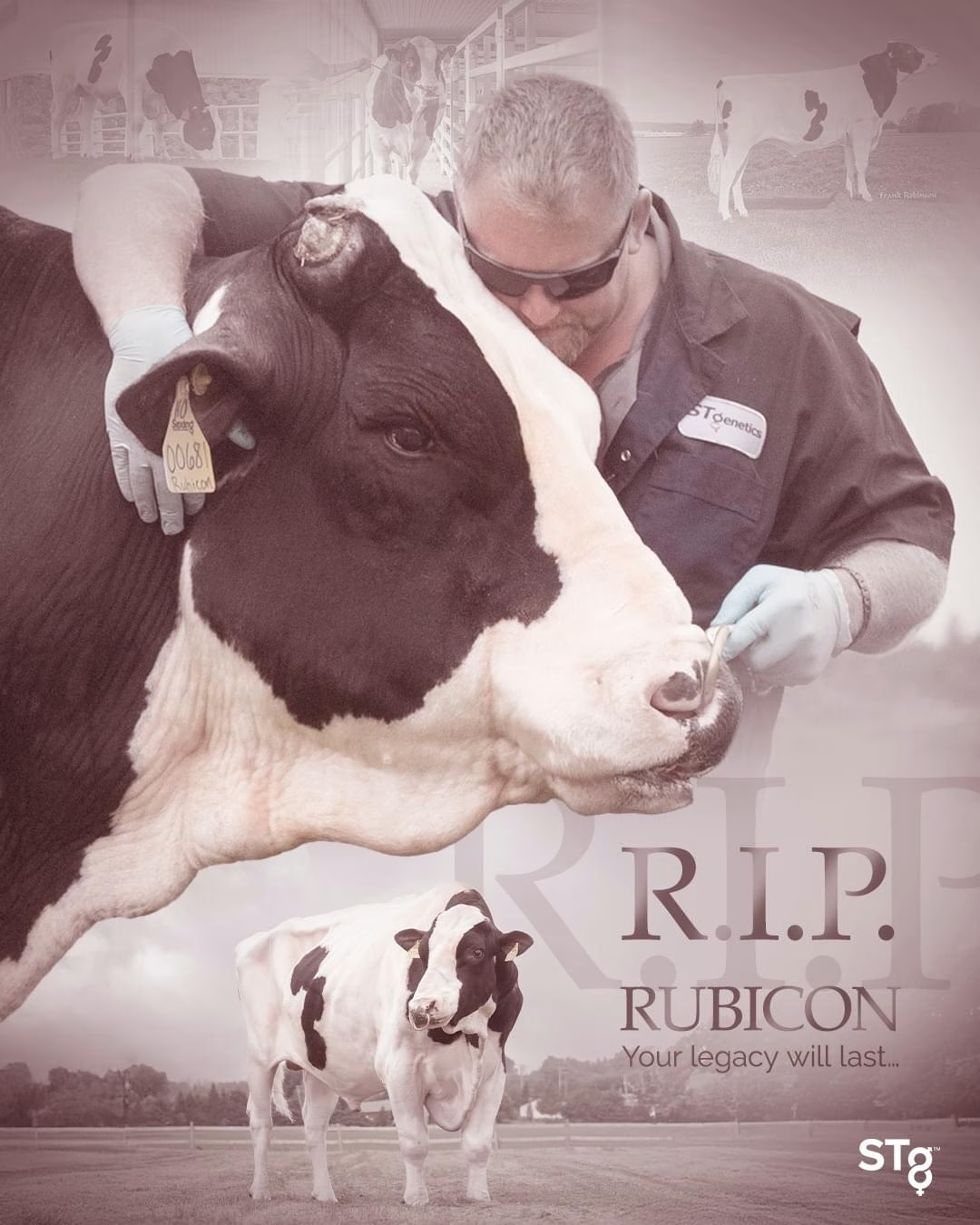
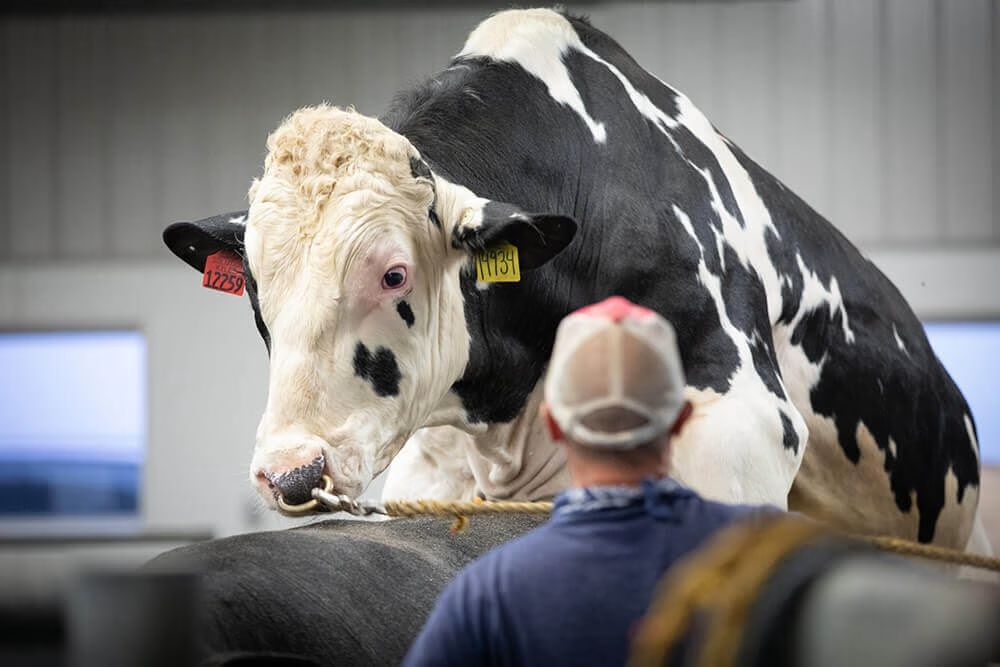
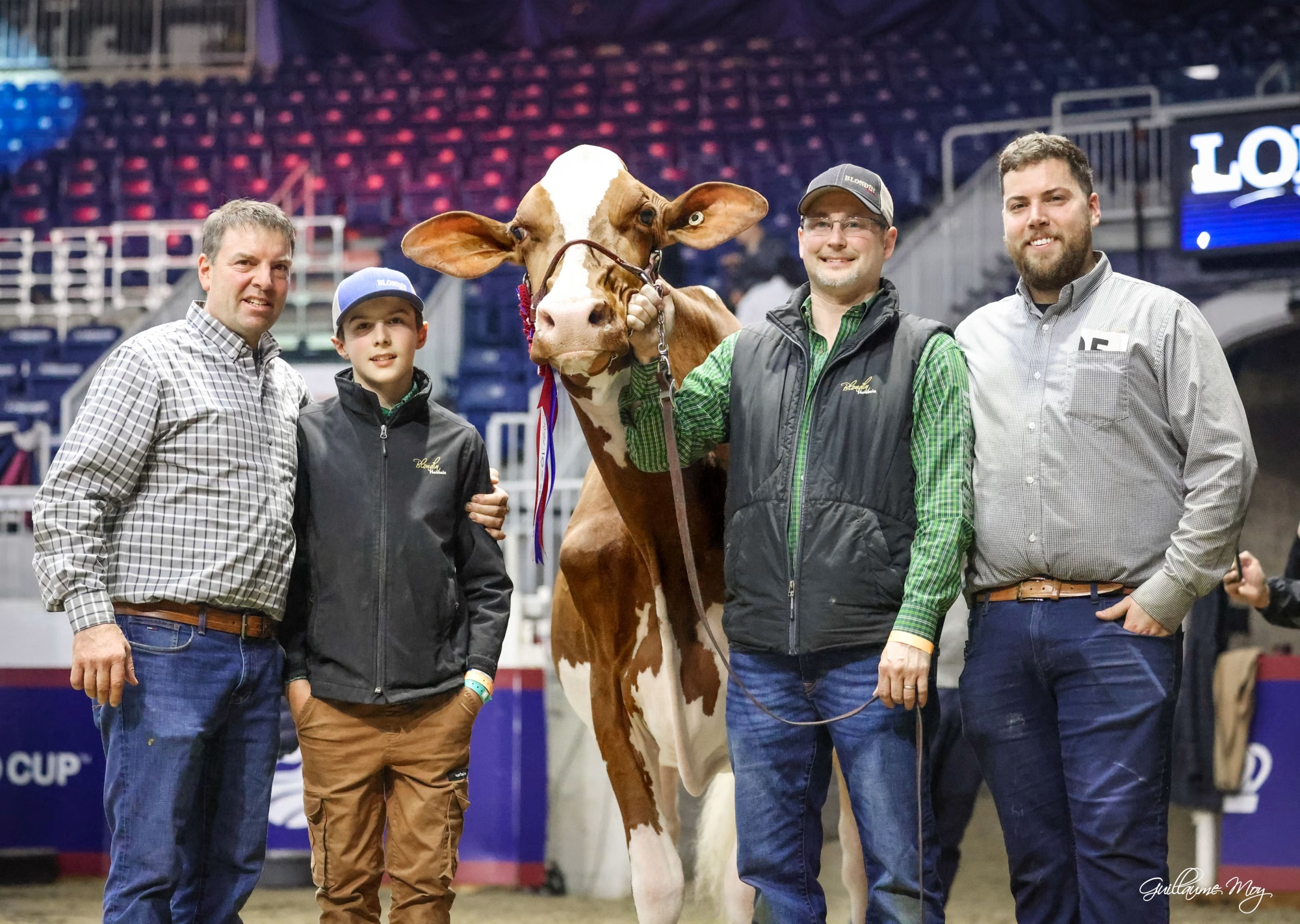
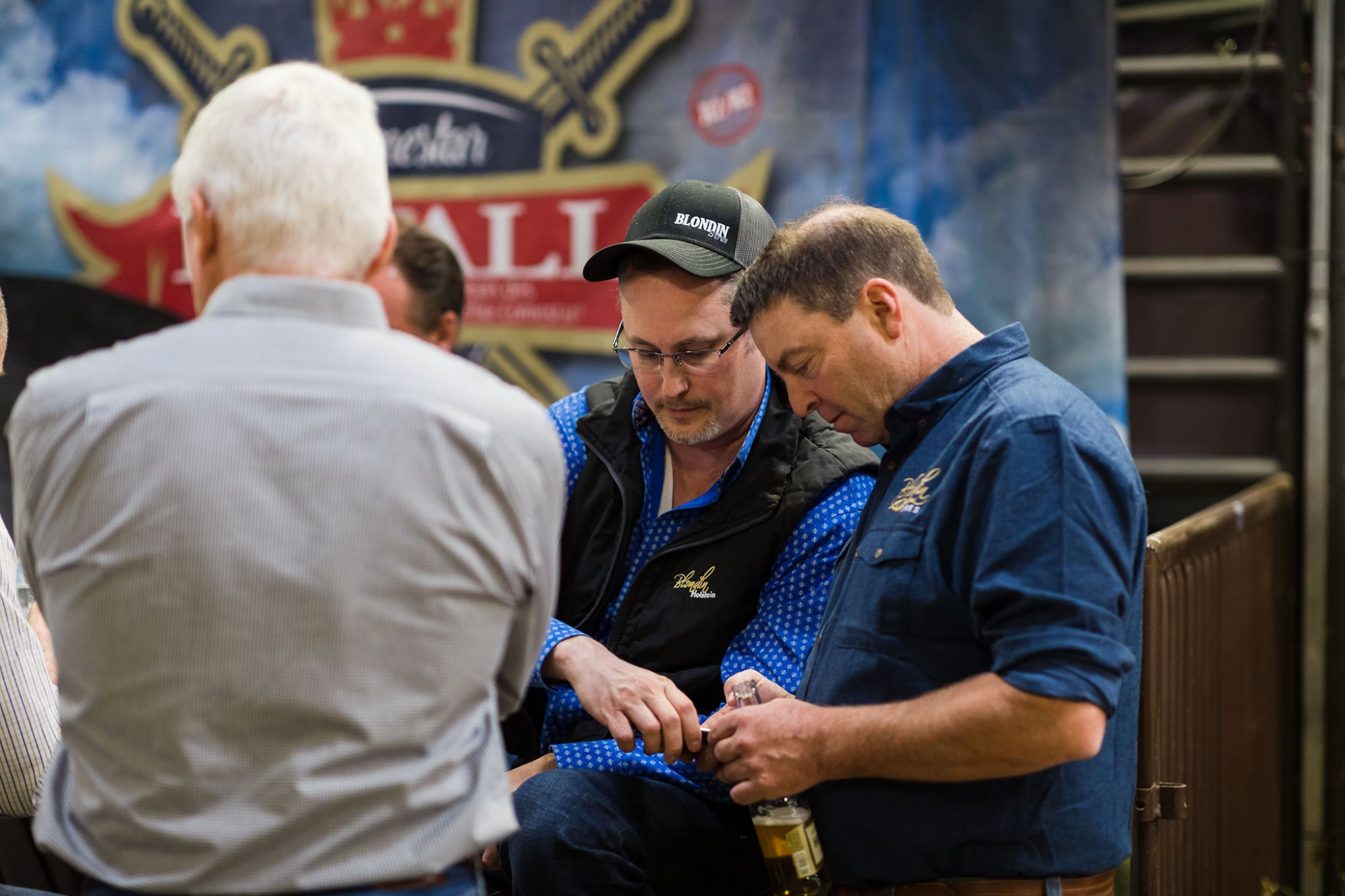
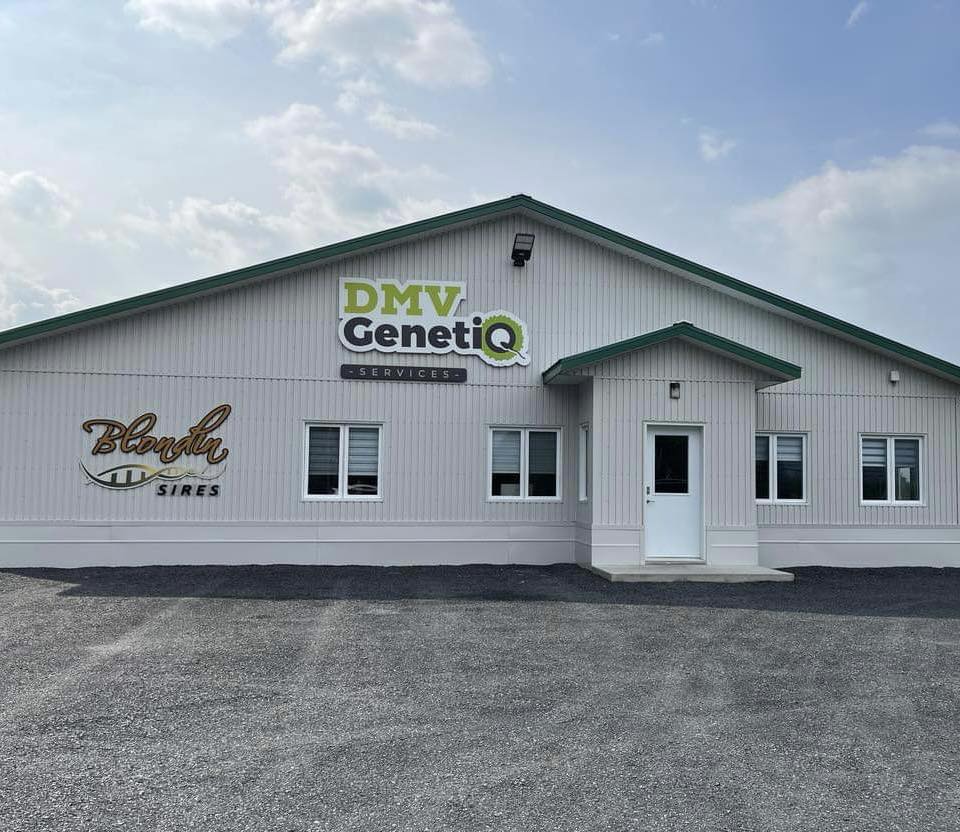







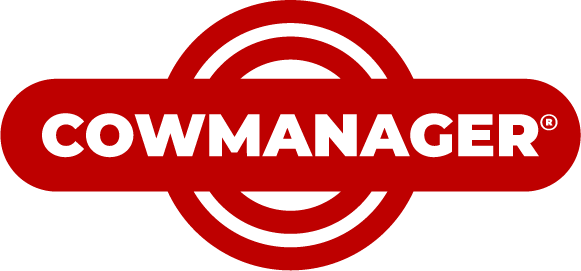

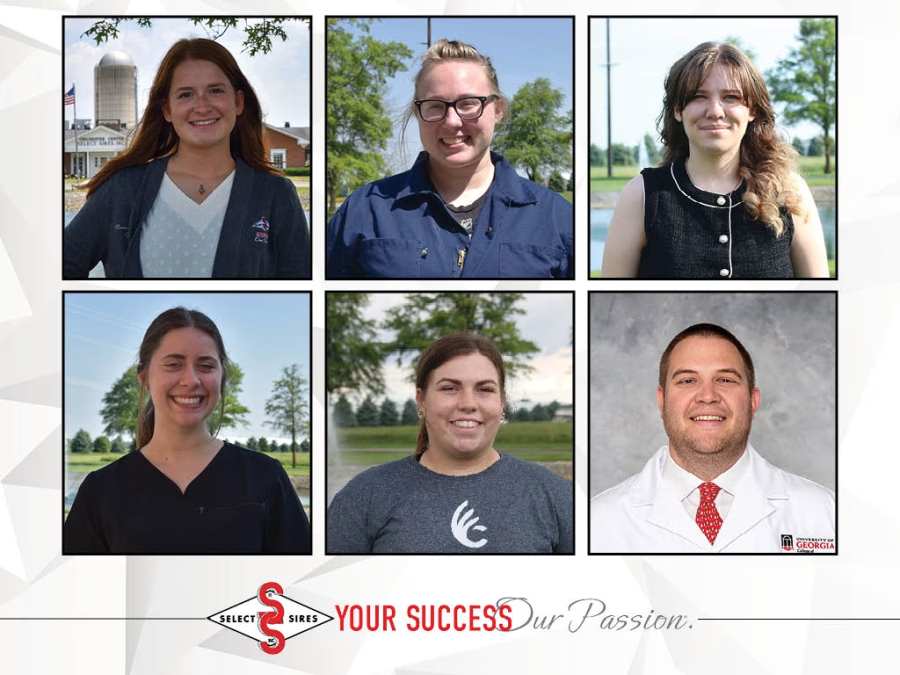

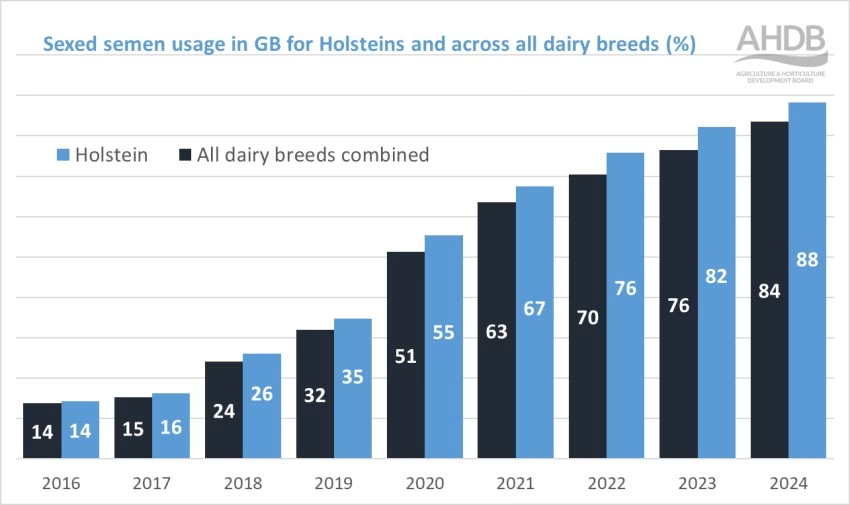
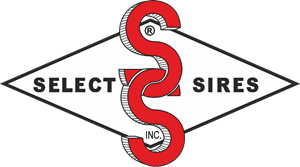

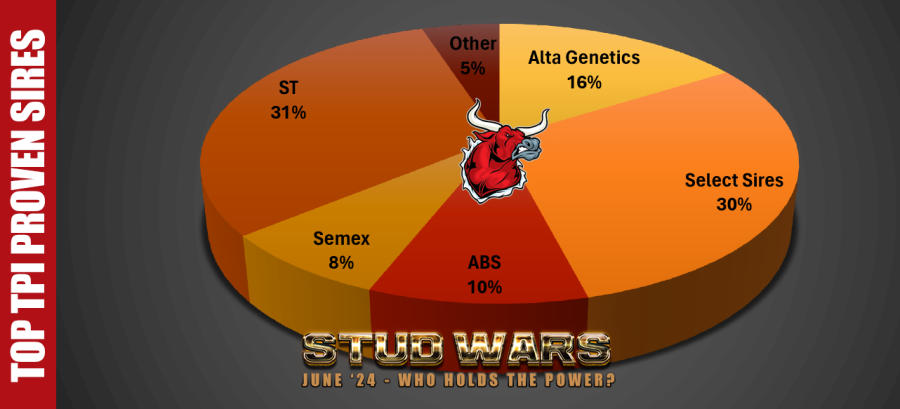
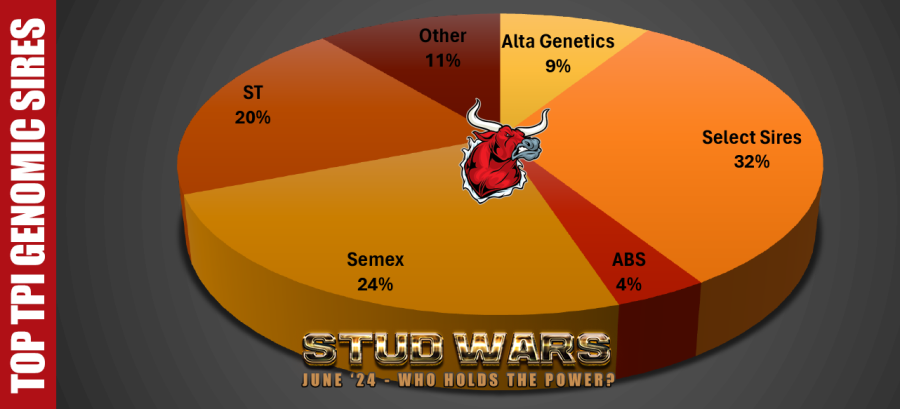

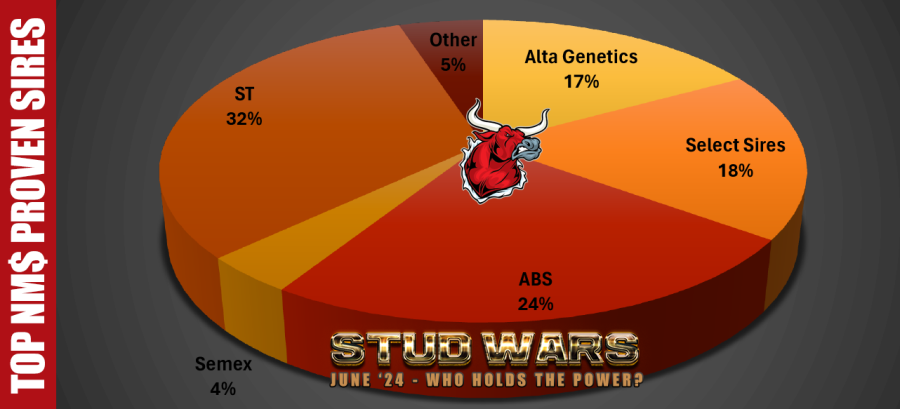

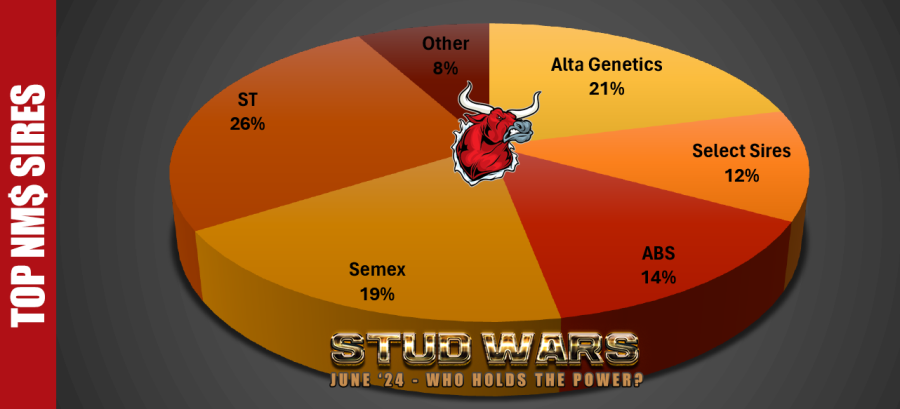
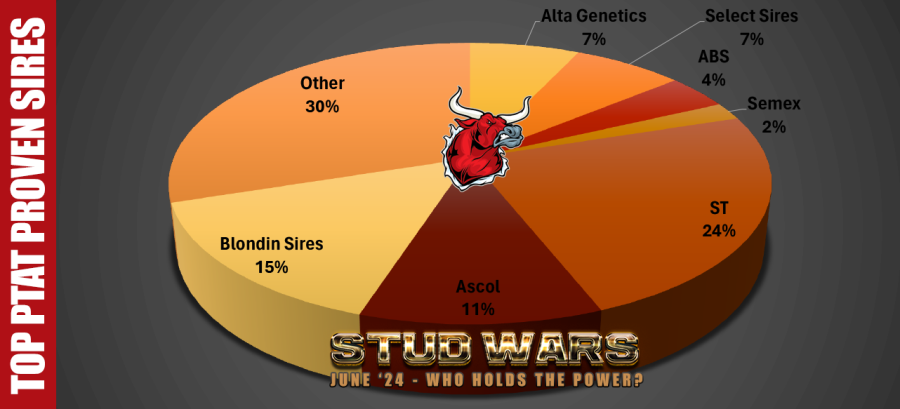
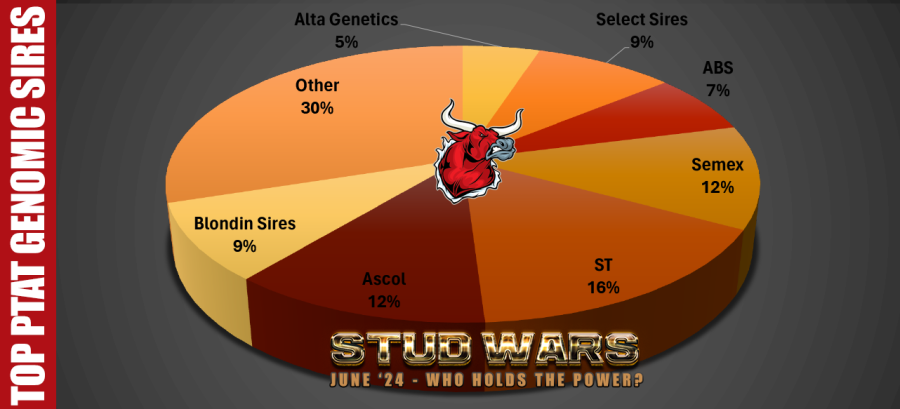
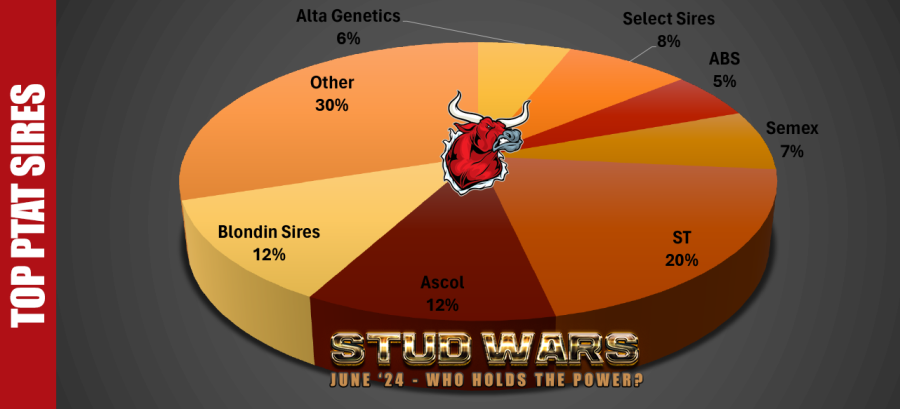
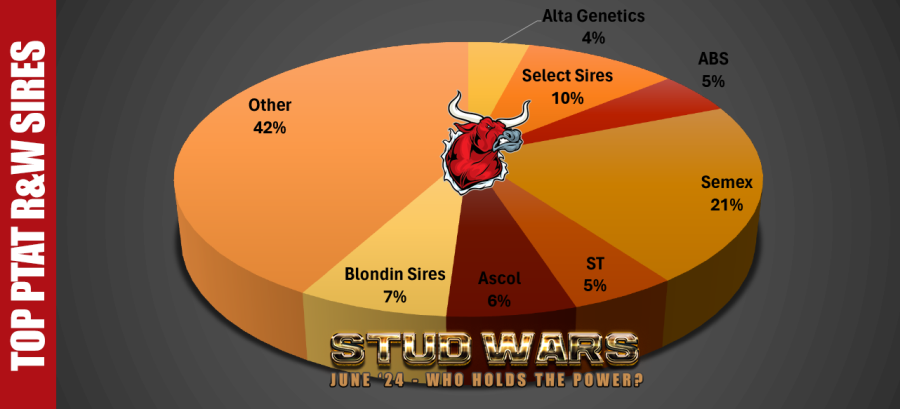
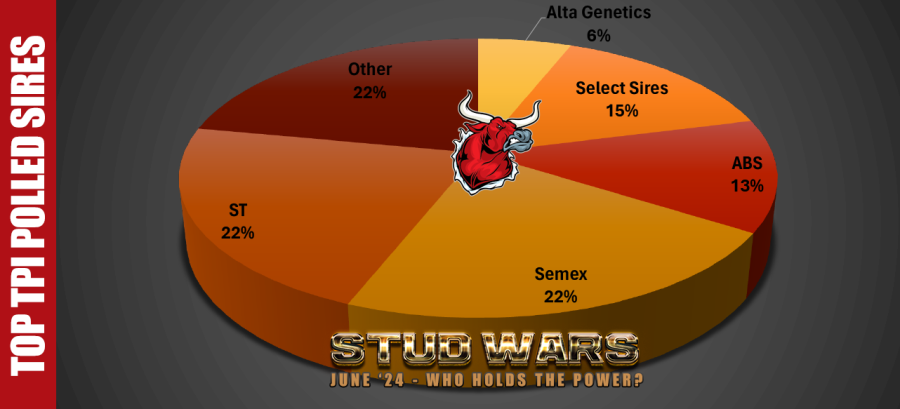


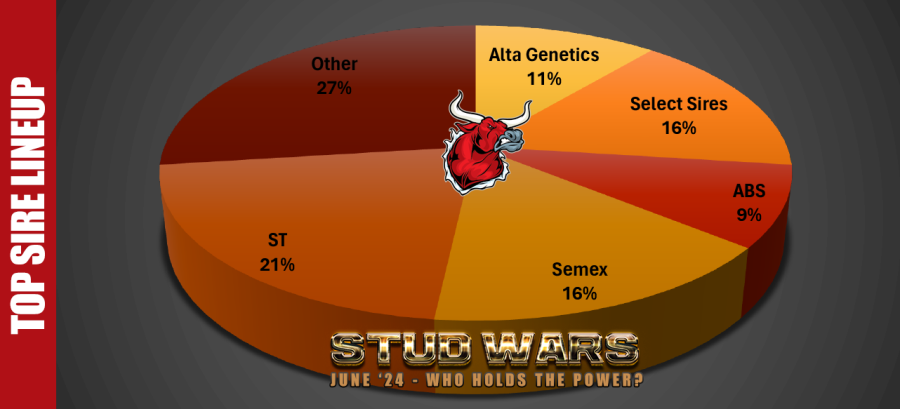
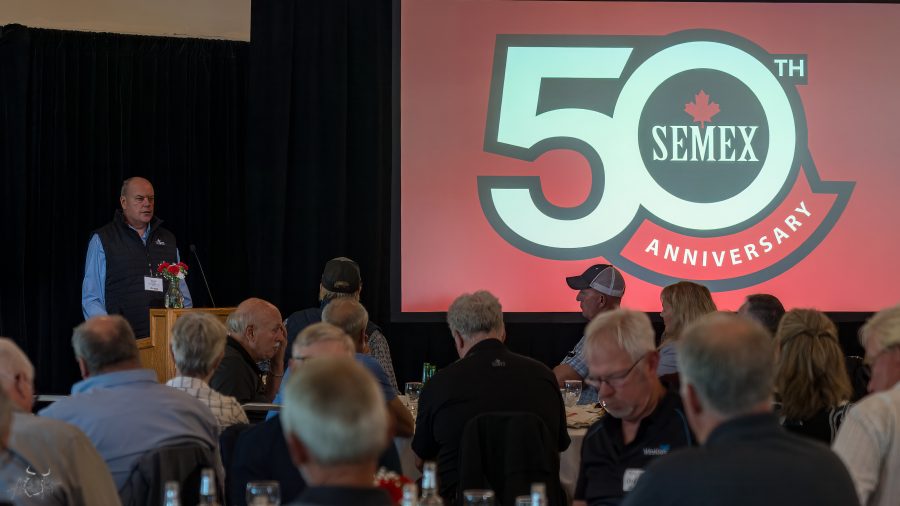
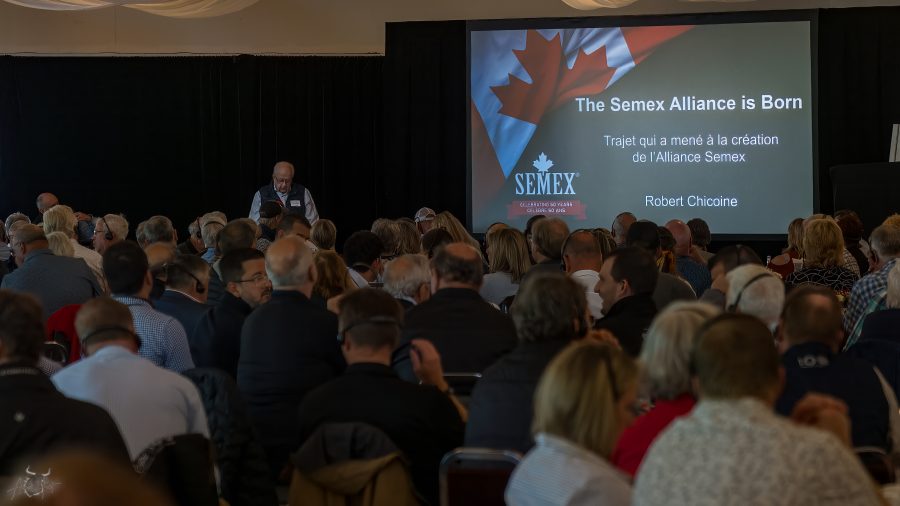
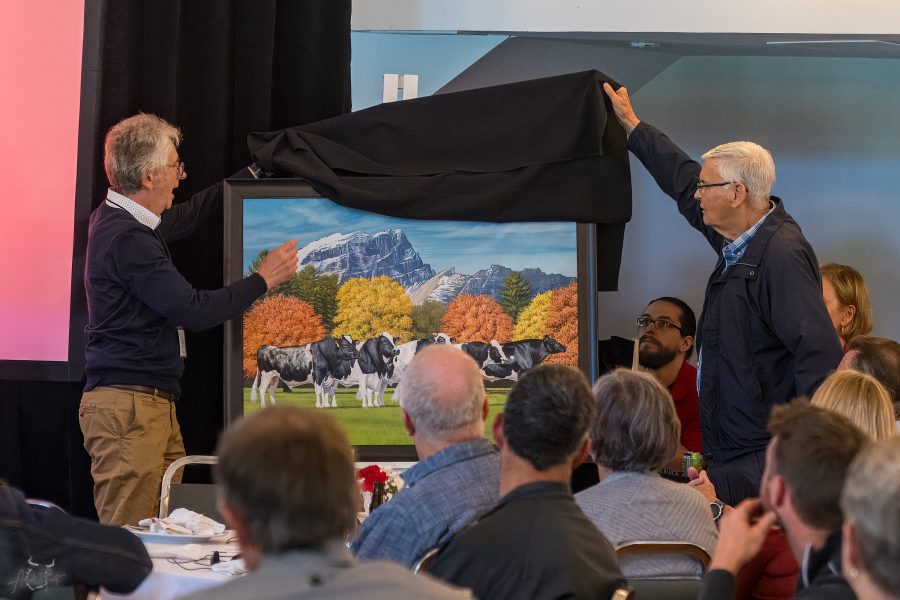
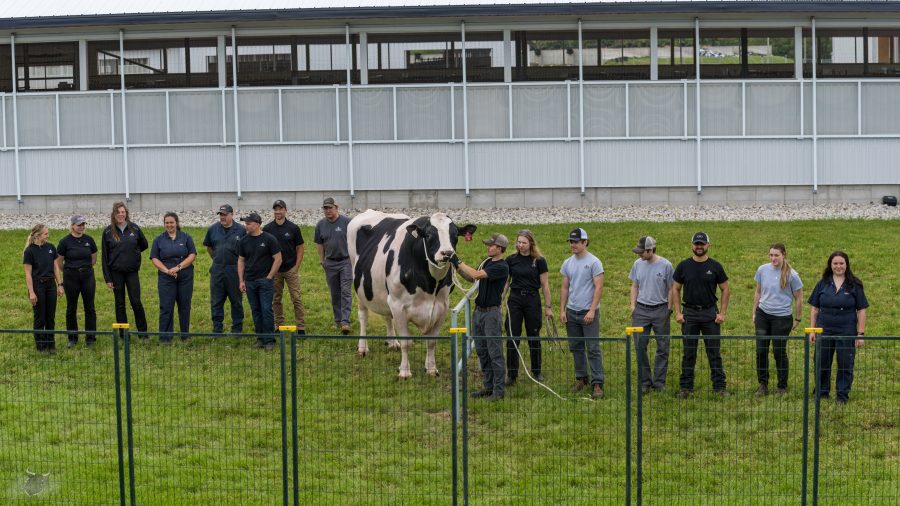

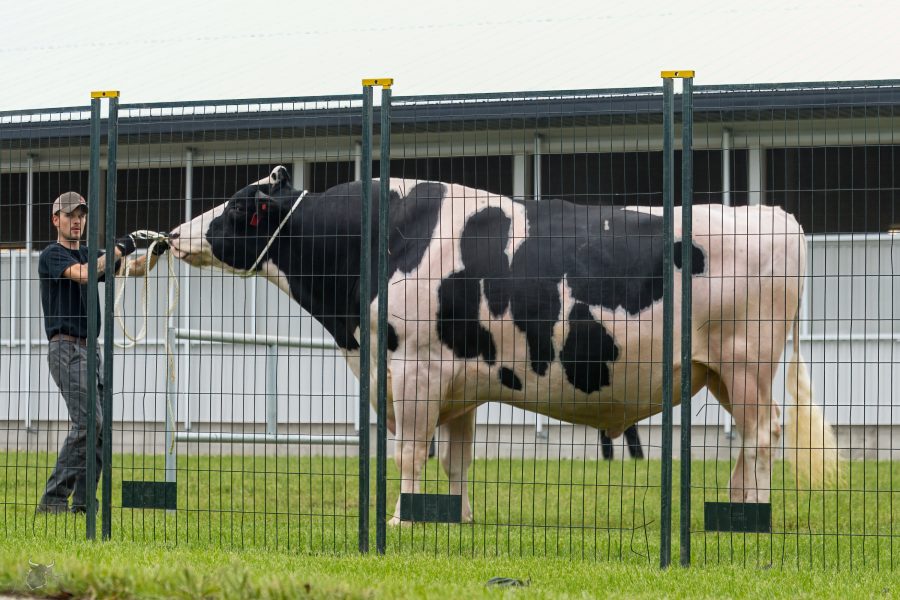
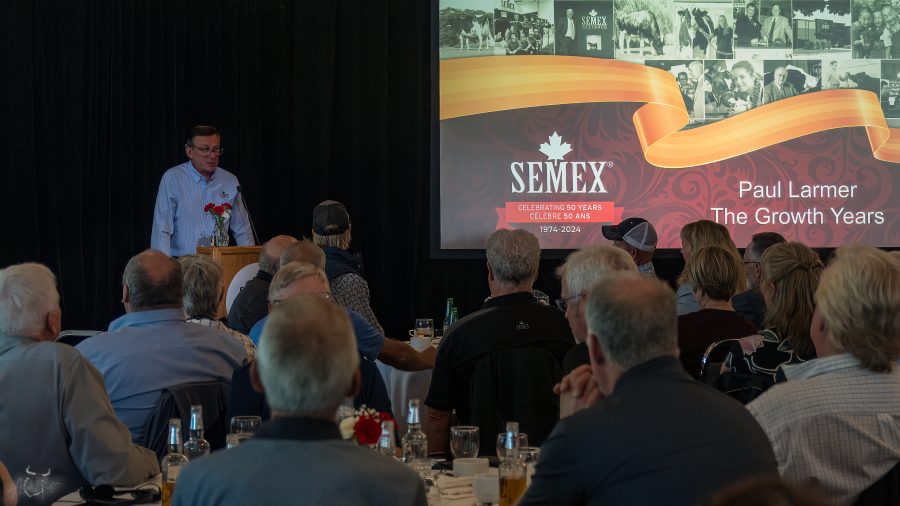
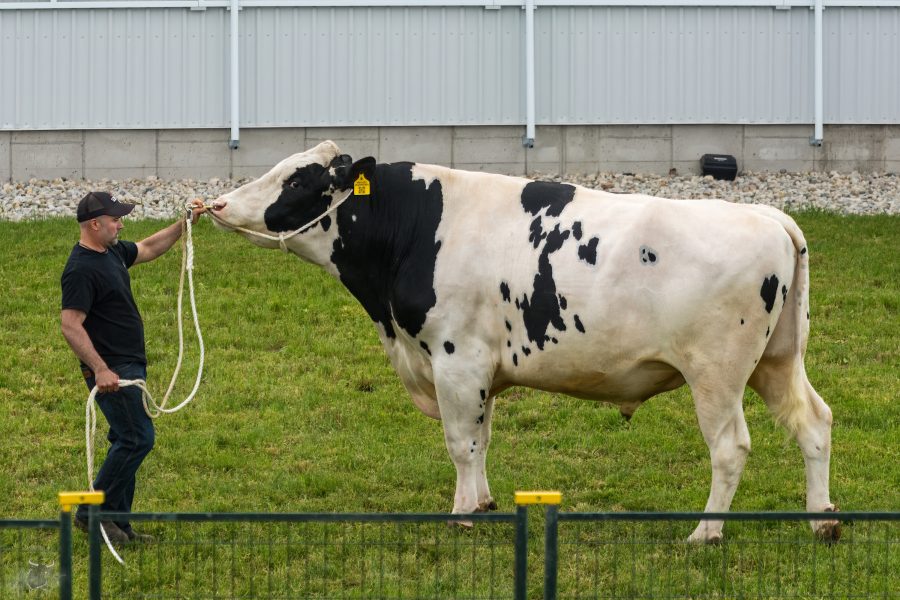
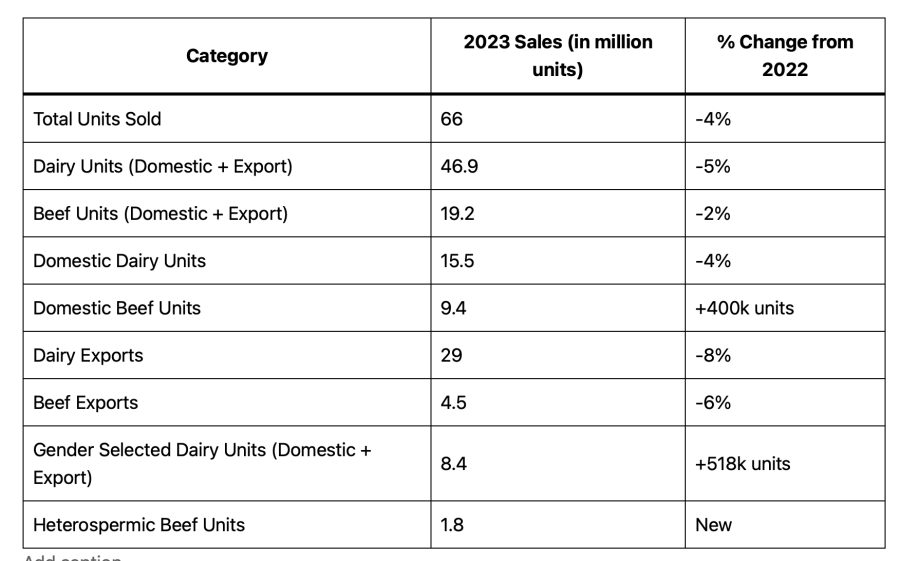
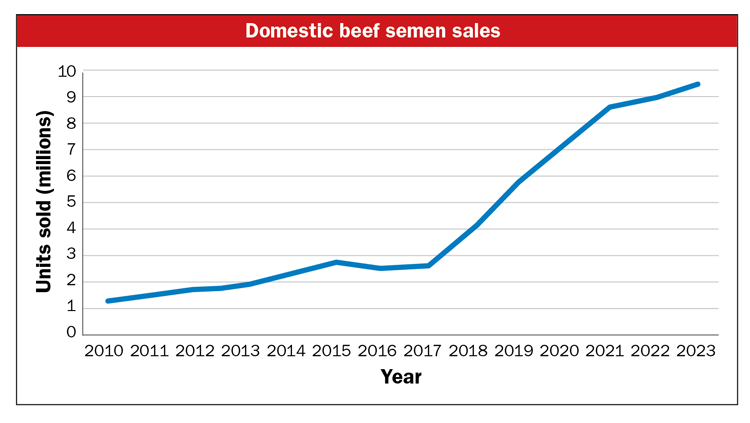
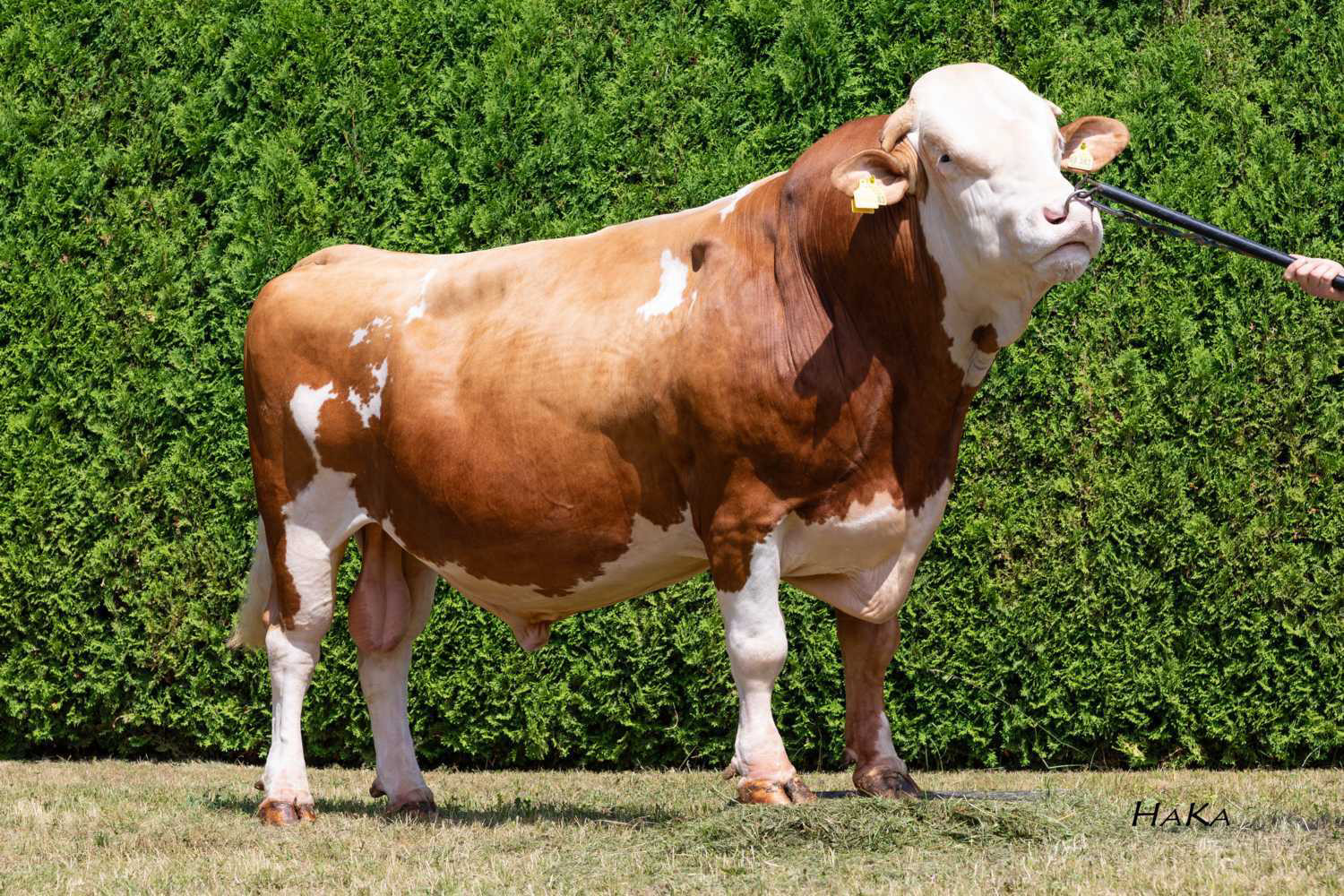
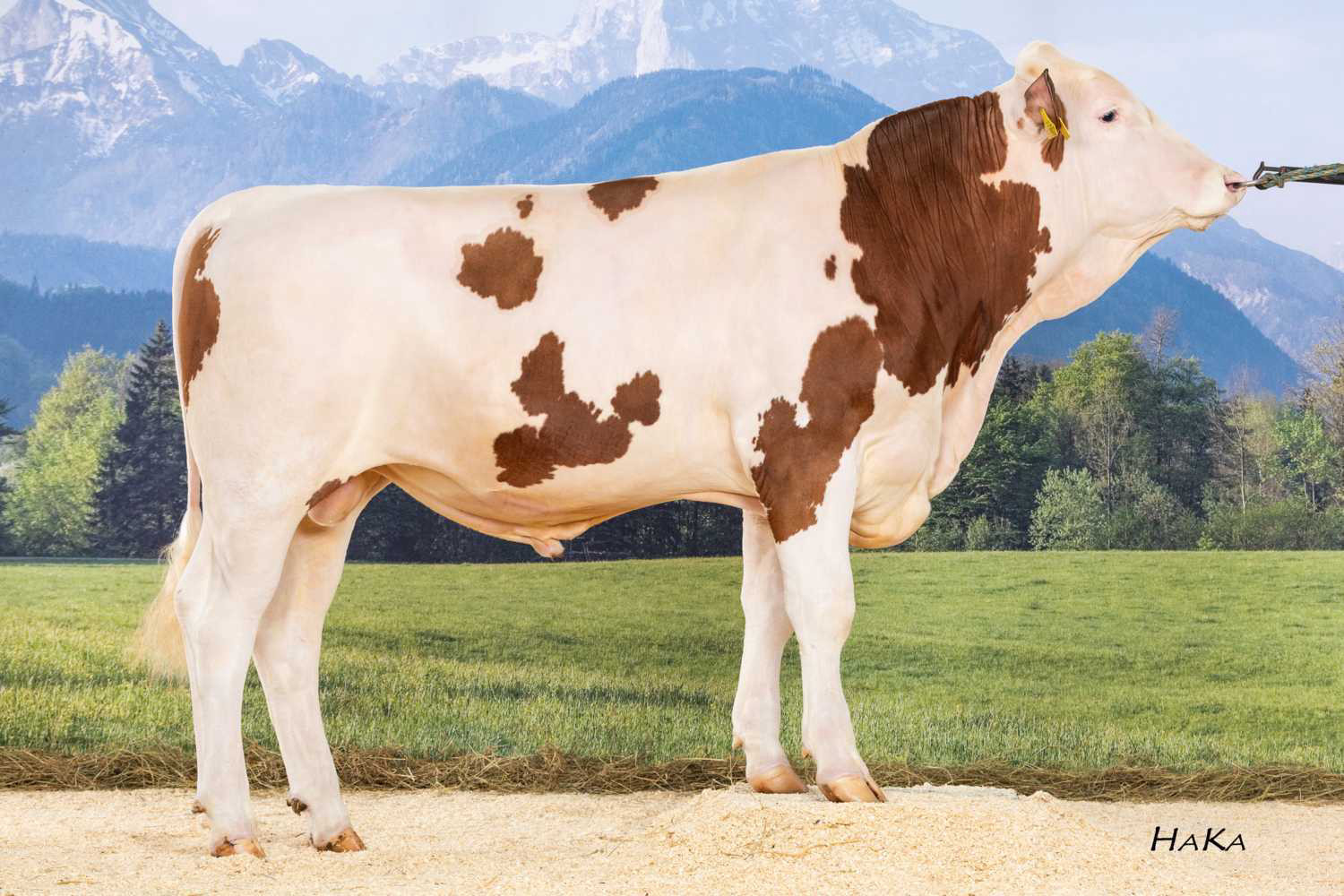
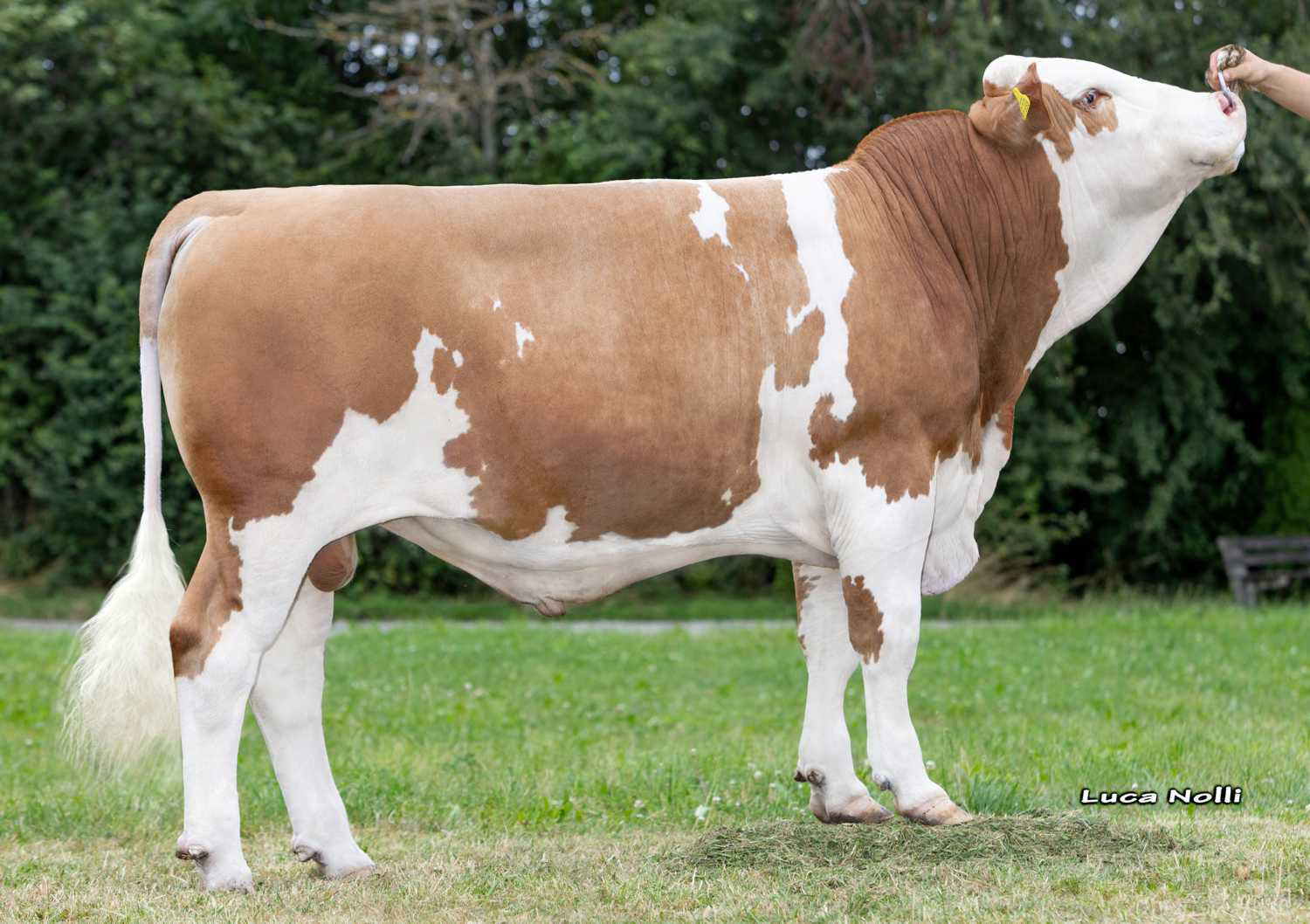
 “Ethan’s background, education and on-farm work have prepared him well for this role. He combines science-based principles with practical experiences to make tactical decisions,” said Jeff Ziegler, vice president of dairy cattle breeding, Select Sires Inc. “We’re excited to watch Ethan grow in this role and deliver tremendous benefits to farmers around the world.”
“Ethan’s background, education and on-farm work have prepared him well for this role. He combines science-based principles with practical experiences to make tactical decisions,” said Jeff Ziegler, vice president of dairy cattle breeding, Select Sires Inc. “We’re excited to watch Ethan grow in this role and deliver tremendous benefits to farmers around the world.”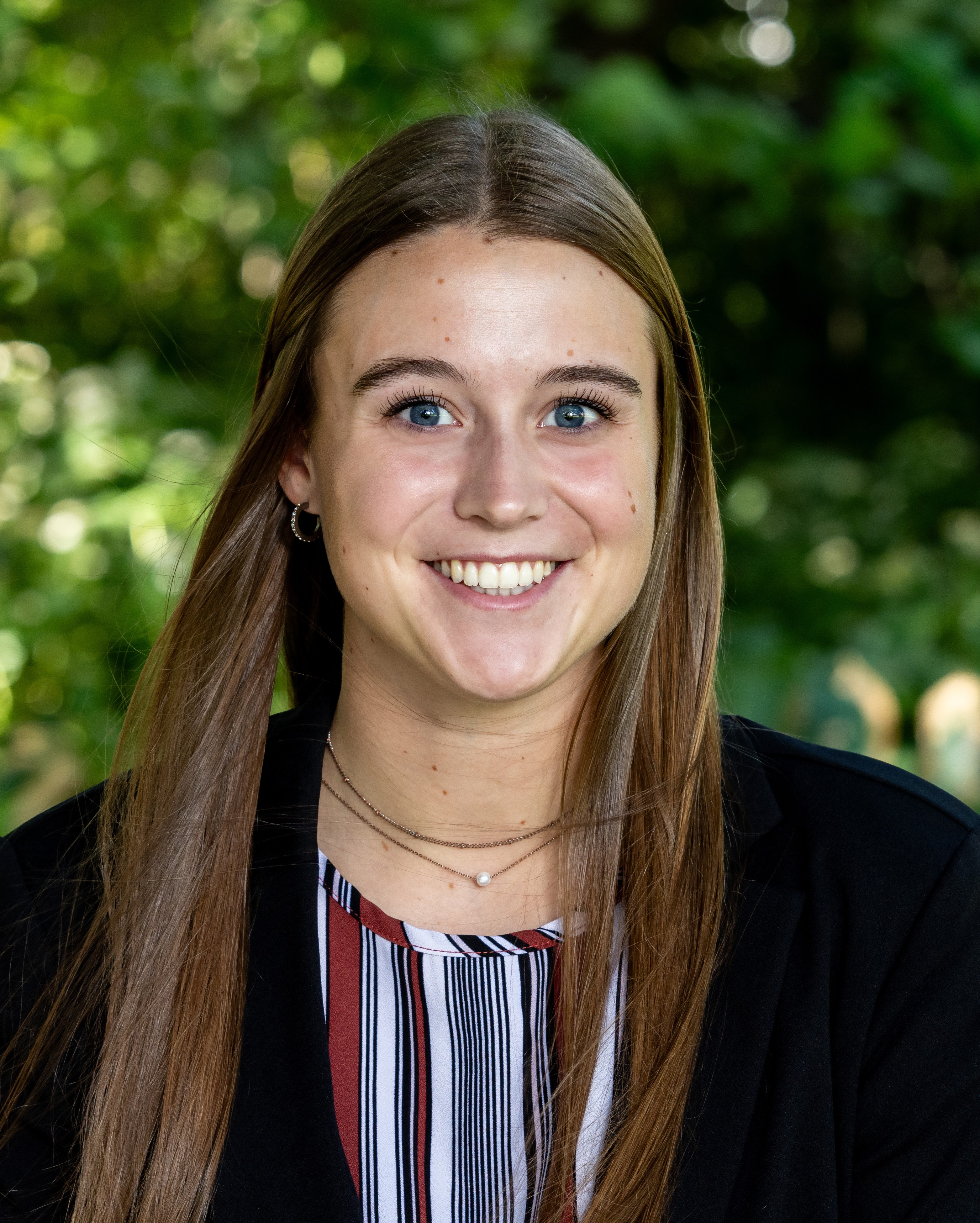 Abby Foss has joined the Select Sires communications team in a part-time internship role. Upon her graduation from the University of Minnesota – Twin Cities in May with degrees in animal science and agricultural communications and marketing, Foss will join the team in a fulltime capacity.
Abby Foss has joined the Select Sires communications team in a part-time internship role. Upon her graduation from the University of Minnesota – Twin Cities in May with degrees in animal science and agricultural communications and marketing, Foss will join the team in a fulltime capacity.



